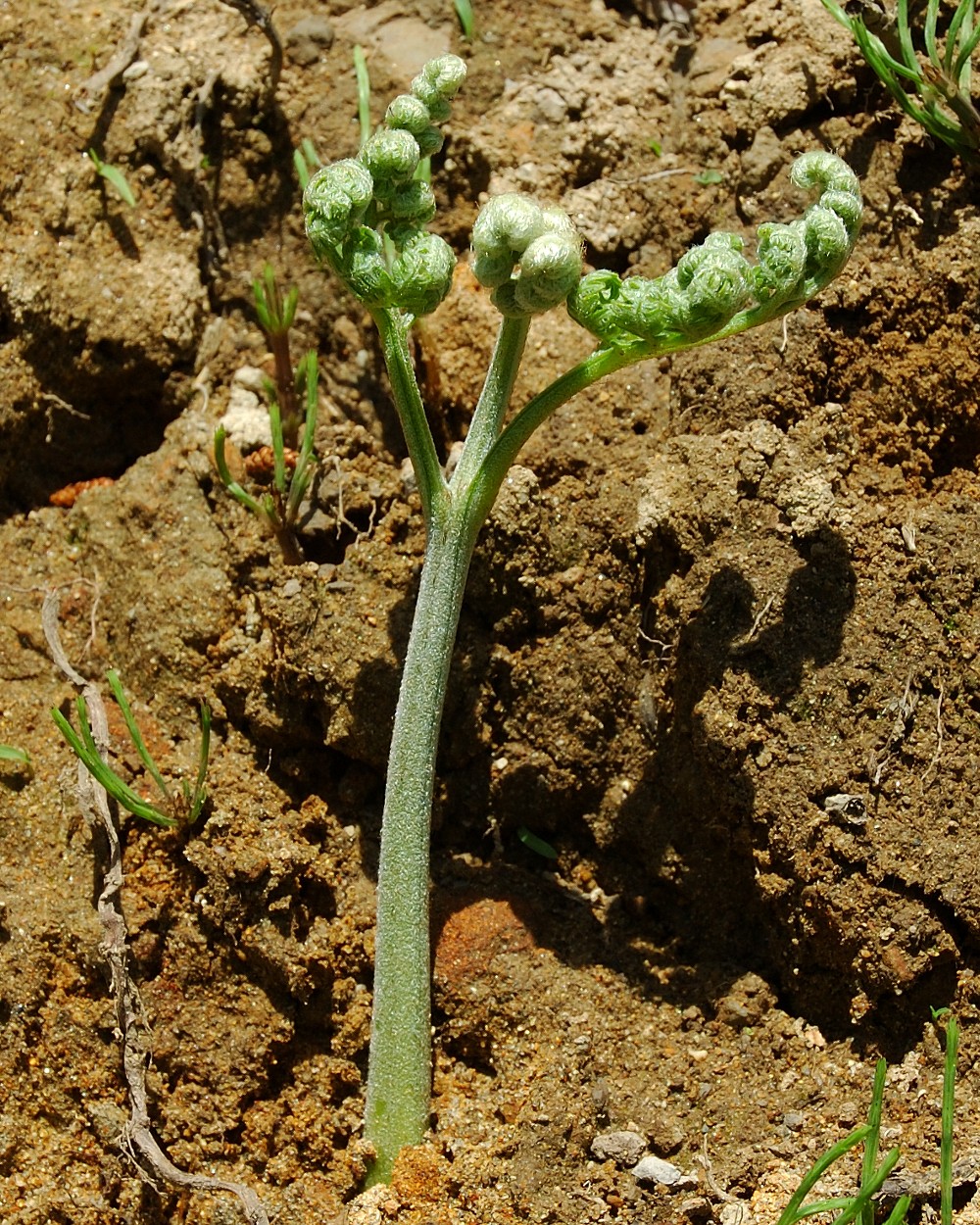Sansai on:
[Wikipedia]
[Google]
[Amazon]

 is a
is a

 is a
is a Japanese
Japanese may refer to:
* Something from or related to Japan, an island country in East Asia
* Japanese language, spoken mainly in Japan
* Japanese people, the ethnic group that identifies with Japan through ancestry or culture
** Japanese diaspor ...
word literally meaning "mountain vegetables", originally referring to vegetables that grew naturally, were foraged in the wild, and not grown and harvested from fields. However, in modern times, the distinction is somewhat blurred, as some ''sansai'' such as ''warabi'' have been successfully cultivated. For example, some of the fern shoots such as bracken ( fiddlehead) and ''zenmai'' shipped to market are farm-grown.
They are often sold pre-cooked in water, and typically packaged in plastic packs in liquid. The fern shoots ''warabi'' (bracken), ''fuki'' stalks in sticks, and mixes which may contain the above-mentioned combined with baby bamboo shoots, mushrooms, etc., are available in retail supermarkets, and ethnic foodstores in the US.
''Sansai'' are often used as ingredients in Buddhist
Buddhism, also known as Buddhadharma and Dharmavinaya, is an Indian religion and List of philosophies, philosophical tradition based on Pre-sectarian Buddhism, teachings attributed to the Buddha, a wandering teacher who lived in the 6th or ...
vegetarian
Vegetarianism is the practice of abstaining from the Eating, consumption of meat (red meat, poultry, seafood, insects as food, insects, and the flesh of any other animal). It may also include abstaining from eating all by-products of animal slau ...
cuisine known as shōjin ryōri.
Examples
Sansai include: * ''Chishimazasa'' (チシマザサ), ''Nemagaridake'' - bamboo shoots of '' Sasa kurilensis''. * '' Fuki-no-tō'' (''Petasites japonicus'') - flower shoots of butterbur (''tō'' refers to a plant beginning to bolt) * '' Gyojaninniku'' (''Allium ochotense'') - similar to ramps ('' A. tricoccum'') * ''Hana-ikada'' (ハナイカダ), ''Helwingia japonica
''Helwingia japonica'', the Japanese helwingia, is a species of flowering plant in the family Helwingiaceae. It is native to South-East Asia.
Description
Helwingia japonica is a dioecious shrub with height varying between , and may spread , ...
'', young leaves.
* ''Harigiri'' ('' Kalopanax'')- '' Acer'' species, young leaves tarter than ''tara''.
* ''Itadori'' (''Reynoutria japonica
''Reynoutria japonica'', synonyms ''Fallopia japonica'' and ''Polygonum cuspidatum'', is a species of herbaceous perennial plant in the knotweed and buckwheat family Polygonaceae. Common names include Japanese knotweed and Asian knotweed. It is ...
'', syn. ''Fallopia japonica'' - Japanese knotweed
''Reynoutria japonica'', synonyms ''Fallopia japonica'' and ''Polygonum cuspidatum'', is a species of herbaceous perennial plant in the knotweed and buckwheat family Polygonaceae. Common names include Japanese knotweed and Asian knotweed. It is ...
山菜関係資料(Sansai-related material) (webpage pdf)
* ''Kogomi'' - fernbrakes of ''kusasotetsu'' ('' Matteuccia struthiopteris'')
* ''Koshiabura'' (コシアブラ), '' Chengiopanax sciadophylloides'' - young leaves.
* ''Mitsuba'' (ミツバ), '' Cryptotaenia canadensis'' subsp. ''japonica''
* ''Niyama-irakusa'' (ミヤマイラクサ), '' Laportea macrostachya'' - Nettlelike plants, which though young leaves and stems are eaten have stinging hairs requiring caution
* ''Nomijigasa'' (モミジガサ), '' Parasenecio delphiniifolius'', syn. ''Cacolia delphiniifolia'') - an aster family plant, for young leaves and shoots
* ''Nirinsō'' (ニリンソウ), ''Anemone flaccida
''Anemonastrum flaccidum'', the flaccid anemone or soft windflower, is a plant species in the family Ranunculaceae. It is a perennial growing to 0.1 m (0ft 4in).
Features
Depending on the region, it flowers between March and June. The flowers ar ...
'' - young leaves are eaten but may be mistaken for wolfsbane
* ''Nobiru'' (ノビル), ''Allium macrostemon
''Allium macrostemon'' (野蒜, ノビル), Japanese wild onion, Spring onion, Green onion, Chinese garlic, Japanese garlic or long-stamen onion, is a species of wild onion widespread across much of East Asia. It is known from many parts of Chin ...
'' - similar to field garlic
* ''Nogeshi'' - sowthistle (''Sonchus oleraceus
''Sonchus oleraceus'' is a species of flowering plant in the tribe Cichorieae of the family Asteraceae, native species, native to Europe and Western Asia. It has many common names including common sowthistle, sow thistle, smooth sow thistle, annu ...
''), for young leaves
* ''Seri'' - Japanese parsley (''Oenanthe javanica ''Oenanthe'' can refer to:
Taxonomy
*Oenanthe (bird), ''Oenanthe'' (bird), a genus of birds in the family Muscicapidae
*Oenanthe (plant), ''Oenanthe'' (plant), a genus of plants in the family Apiaceae
Persons
* Oenanthe of Egypt (flourished 3r ...
'')
* ''Sarunashi'' ('' Actinidia arguta'') - fruits are eaten raw or to flavor alcohol
* ''Shiode'' ('' Smilax riparia'' var. ''ussuriensis'') - young leaves
* '' Tara no me'' - young shoots of the Japanese angelica tree
* '' Tade'' ('' Persicaria hydropiper'') - Water pepper, leaves and shoots used as an ingredient for sauces or as a garnish
* ''Tsuwabuki'' ('' Farfugium japonicum'') - Stems prepared like ''fuki''
* '' Udo'' - Japanese spikenard.
* ''Uwabamisō'' ('' Elatostema umbellatum'' var. ''majus'')
* '' Warabi'' - bracken
Bracken (''Pteridium'') is a genus of large, coarse ferns in the family (biology), family Dennstaedtiaceae. Ferns (Pteridophyta) are vascular plants that undergo alternation of generations, having both large plants that produce spores and small ...
shoots
* '' Zenmai'' - another type of fern top, more prized than ''kogomi'' or ''warabi'', and also sold dried.
See also
* '' San-namul'', Korean category similar to ''sansai'' *References
* (government website PDF) Buddhist cuisine Japanese cuisine Japanese vegetables {{Japan-cuisine-stub